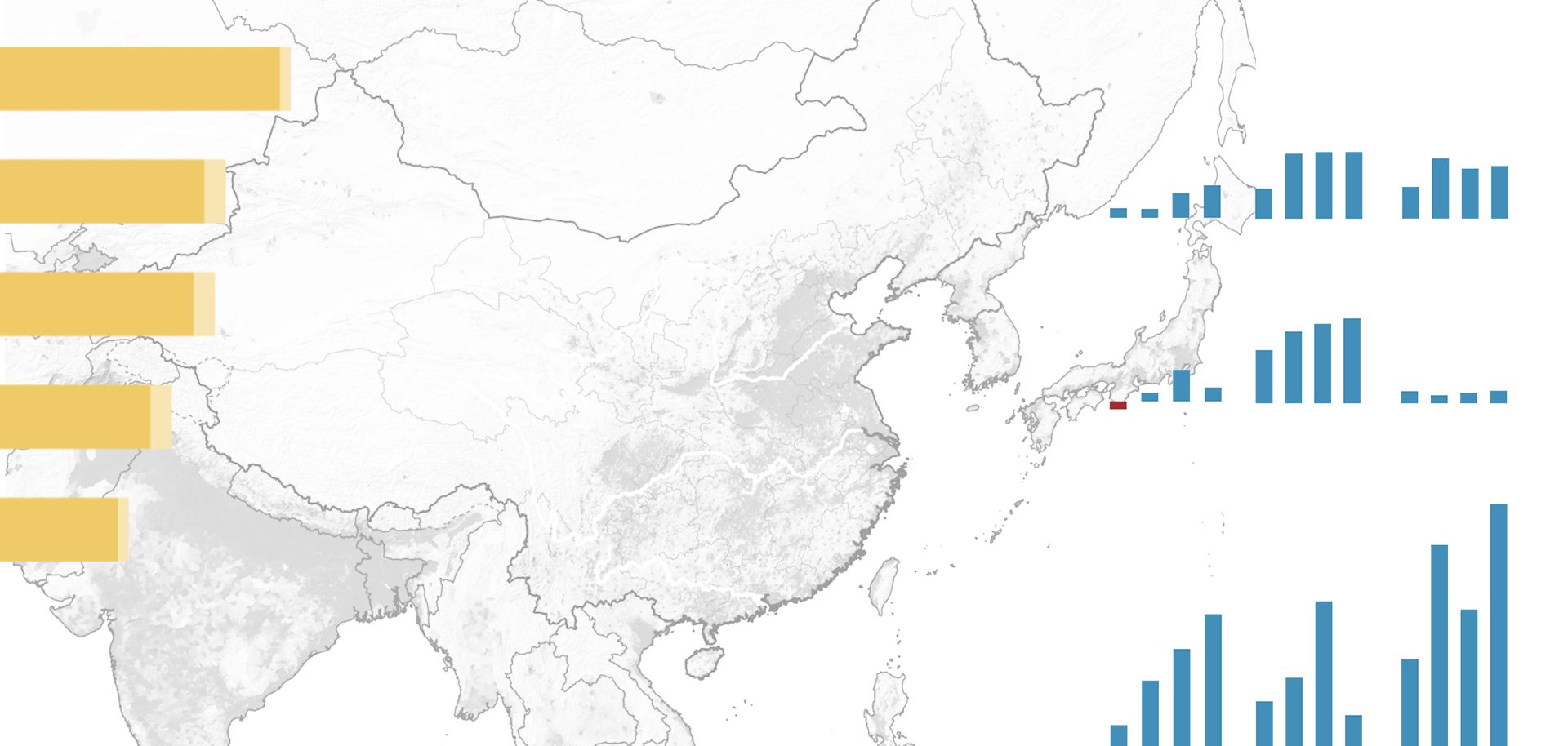
On April 12, Sudanese Armed Forces (SAF) bombed a key bridge in Bentiu, the capital of South Sudan's Unity state. The SAF attack was designed to cut off the supply line to South Sudanese Sudan People's Liberation Army (SPLA) forces that currently control Heglig, Southern Kordofan, which has been the target of two weeks of ongoing cross-border fighting. Following the April 10 SPLA capture of Heglig, the Sudanese parliament called for a military mobilization to reclaim the city and withdrew from ongoing negotiations over their Comprehensive Peace Agreement (CPA). Since South Sudan's July 2011 declaration of independence from Sudan, the two countries have been engaged in negotiations — and military skirmishes — over their oil-rich borderlands, which have an estimated capacity of 460,000 barrels of crude oil per day. Sudan, which controls all export avenues for this oil but was left with only about one-fourth of the region's producing oil fields, has been attempting to seize southern oil fields to address what it views as an imbalance in oil wealth. Khartoum likely will continue its attempts to gain more oil production and avoid establishing an official border with South Sudan until it controls roughly half of the fields. However, South Sudan has thus far been able to maintain a strong resistance, as evidenced by its seizure of Heglig, and there is no guarantee that the north will be able to hold seized oil territory and maintain oil flow despite their more robust and better equipped military. With neither side holding a clear advantage in the struggle, third party actors with an energy stake in this conflict — specifically China — will likely not react to Sudan's military advances while simultaneously maintaining relations with South Sudan.


